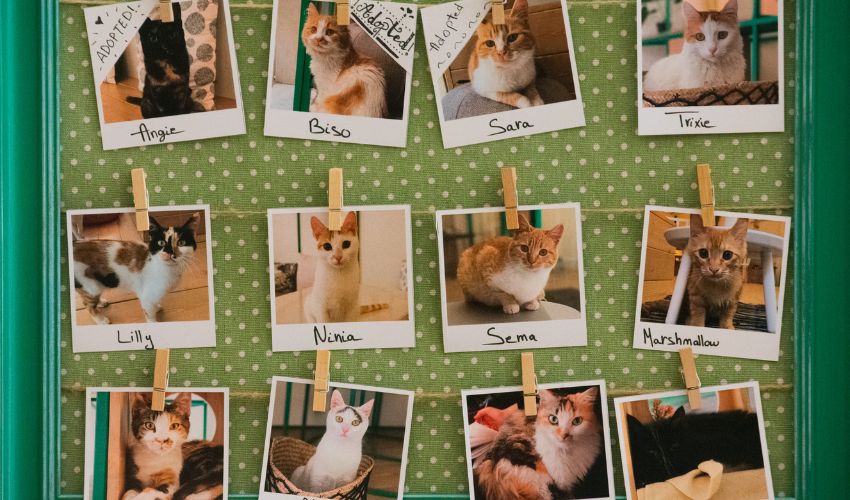It’s 11 PM. A foster notices their puppy refusing to eat and frantically messages your team: “Should I wait until morning or rush to the ER? I don’t want to get it wrong.”
By the time your staff sees the message, the foster is stressed, second-guessing themselves, and wondering if they’re really cut out for fostering. These late-night scenarios aren’t rare—they’re daily realities for animal shelters and rescues. And when they pile up without the right support, foster burnout happens.
Burnout isn’t just frustrating—it’s costly. It drains your foster pool, strains your staff, and ultimately impacts the animals you’re trying to save.
What Is Foster Burnout?
Foster burnout is the emotional and physical exhaustion that happens when volunteers feel unsupported, overwhelmed, or isolated in their role.
It often looks like:
-
Missed check-ins or slow responses from a once-reliable foster.
-
Volunteers hesitating to take on new animals.
-
Fosters expressing frustration with lack of guidance or resources.
-
Abrupt dropouts, leaving staff scrambling for emergency placements.
And here’s the hidden truth: burnout rarely starts with “big” problems. It’s usually the small, repeated stressors that chip away at a foster’s motivation.
The Hidden Costs of Foster Burnout for Shelters and Rescues
When a foster burns out, the impact goes far beyond one person stepping back.
1. Fewer Placements
Every foster that leaves represents dozens of animals that now have nowhere to go. This means more pets staying in kennels, risking illness, stress, or even euthanasia in overcrowded shelters.
2. Wasted Training Time
Onboarding new fosters requires hours of paperwork, orientation, and staff support. When someone quits after a few weeks, that time is lost—and the cycle starts again.
3. Increased Staff Stress
Imagine your foster manager juggling intake, adoptions, transport coordination—and then fielding middle-of-the-night calls. Without a system, burnout spreads from fosters to staff.
4. Damaged Community Trust
If fosters feel unsupported, they talk. Word spreads quickly, making it harder to recruit new volunteers. Over time, this erodes your ability to grow a strong foster base.
The result? A weaker foster program—and animals who miss out on lifesaving placements.

Why Fosters Burn Out: Real-Life Scenarios
Scenario 1: The Emergency Nobody Answered
It’s Saturday night. A foster notices a dog vomiting repeatedly. They text the manager but don’t hear back until Sunday afternoon. By then, they’ve already spent hundreds at the ER and feel abandoned by the organization.
Result: Frustration, resentment, and hesitation to foster again.
Scenario 2: Confusion Over Care Instructions
A new foster receives a foster manual, but it’s overwhelming—30 pages of dense text. When the dog won’t take its medication, they give up trying and hope for the best.
Result: Stress, uncertainty, and a risk to the animal’s health.
Scenario 3: Feeling Alone
A foster takes in a litter of kittens but struggles with sleepless nights. They wish they had other fosters to talk to but feel isolated.
Result: Exhaustion and the decision not to take on another litter.
These aren’t “what ifs.” They’re everyday realities in shelters across the country. And without intervention, they push fosters toward burnout.
How Doobert Connect Stops Burnout Before It Starts
That’s where Doobert Connect comes in. Built specifically for shelters and rescues, it addresses the exact challenges that cause burnout.
24/7 Foster Support
No more unanswered midnight texts. Your fosters get real help whenever they need it—reducing stress for them and middle-of-the-night pressure for your staff.
Tailored Guidance
Doobert Connect doesn’t give generic answers. It works with your foster manuals, ensuring responses match your organization’s policies and protocols.
On-Call Vet Access
When fosters worry about an animal’s health, they get fast, expert advice from licensed veterinarians. That peace of mind keeps animals safe and fosters confident.
Seamless Ticket Tracking
Instead of lost emails or frantic calls, managers see everything in one place. It’s easy to track concerns, follow up, and spot patterns before they become bigger issues.
Foster Community & Engagement
With Doobert Connect Plus, fosters get a digital “home base” to connect with peers, share experiences, and encourage one another—building a supportive network that keeps them engaged long-term.

The Bigger Picture: Building Foster Programs That Last
Imagine this instead:
-
A foster worried about a limping dog gets immediate guidance at 10 PM, avoiding an unnecessary ER trip.
-
A new volunteer quickly finds answers tailored to your program instead of flipping through a 30-page manual.
-
A foster parent posts a question in the Doobert Foster Space and gets replies from peers who’ve been through the same thing.
The result? Fosters feel supported. Staff feel less stretched thin. Animals get the care and placements they deserve.
Burnout never even gets the chance to take root.
Your Next Step
Foster programs thrive when fosters feel supported, connected, and empowered. Without that, burnout is inevitable—and costly.
👉 Don’t wait until your fosters burn out. Protect them—and your animals—by giving them the support they need.
🔗 Discover how Doobert Connect can transform your foster program today.











